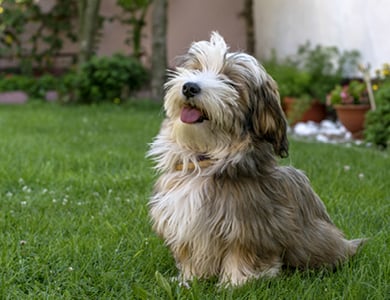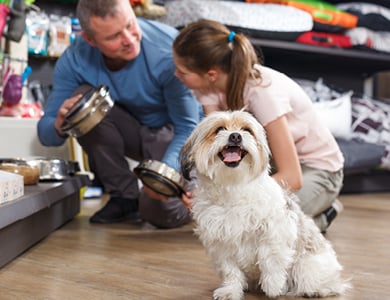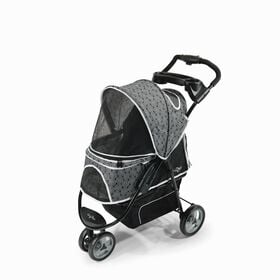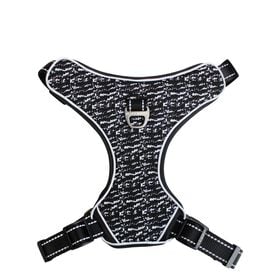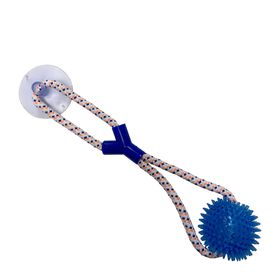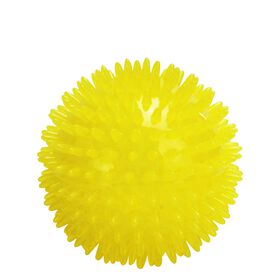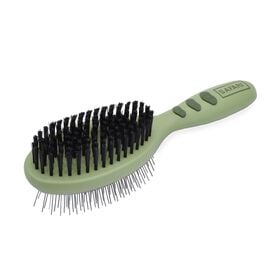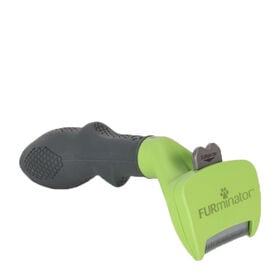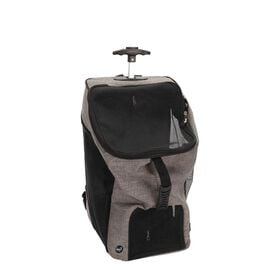The Havanese, also known as the Cuban bichon, is a relatively new breed in North America, although it has existed for hundreds of years. This small dog with a big personality—the only breed native to Cuba—is gaining popularity. Among Havanese owners were two of the world’s most celebrated writers. Ernest Hemingway fell under the Havanese spell during his 20 years in Cuba. About a hundred years earlier, Charles Dickens became attached to a tiny Cuban bichon named Tim.
Origins
The Havanese was long considered to be the companion dog of Cuba’s aristocrats and wealthy planters. The breed is named for the capital city of Havana, where it gained the greatest favour. Depending on the source, the breed’s forerunners are said to have been brought to the island nation by Italian sea captains or by the Spaniards charged with colonizing the New World in the 1600s.
During its more than 300 years in the lap of Cuban luxury, the breed was refined, possibly by crossing it with poodles, resulting in today’s Havanese. Over the years, it has also been referred to as Blanquito de LaHabana (little white dog of Havana).
The pivotal event in the breed’s history came in 1959, with the communist takeover of Cuba, when the breed almost went extinct. Many affluent Cubans fleeing Fidel Castro’s revolution brought their little dogs with them to America. With the help of American fanciers, the refugees preserved and perpetuated the breed, and saved the Cuban bichon. The breed is now a popular choice among pet owners worldwide.
Physical appearance
The Havanese is a small, sturdy, well-balanced dog, with dropped ears and a rectangular profile. It is slightly longer than tall, with a long, abundant, soft and wavy coat that comes in a variety of colours. Easygoing and cheerful, it has a somewhat rustic appearance, with its plumed tail arched forward up over the back.
For both the male and female, the ideal height at the withers is 23 to 27 cm (9 to 10.6 in.), with an acceptable difference of 2 cm. Its profuse coat is suitable for a breed developed in the tropics, insulating it and protecting it from the heat. The abundant, silky double coat is soft, fine, light and slightly wavy. The undercoat is light and may be underdeveloped. The guard hair is very long (12 to 18 cm in adults), but must not touch the ground. An adult Havanese weighs 3 to 6 kg (7 to 13 lbs). Practically all colours and colour combinations are accepted for the breed, and a wide range of colours can be found in a single litter.
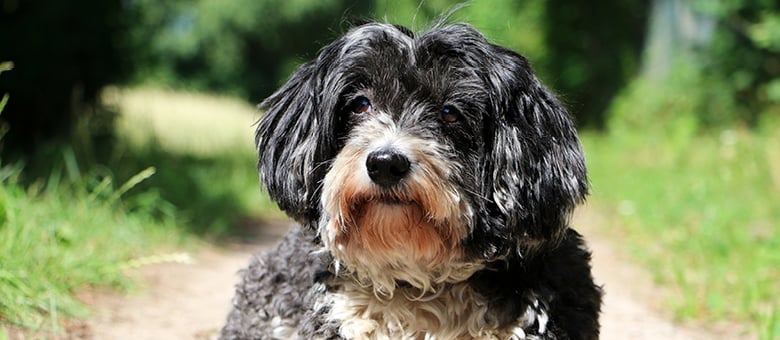
Life expectancy and health
Havanese are normally healthy dogs, with relatively few serious health issues. They generally have a lifespan of 14 to 16 years. Havanese are prone to eye problems, chondrodysplasia (a disorder of the cartilage), deafness, heart murmurs, Legg-Calve-Perthes disease (which affects the hip joint) and patellar luxation. Like several small breeds, some Havanese can produce excess tears and develop brownish staining under the eyes, particularly visible in dogs with white or light-coloured coats.
Energy level and temperament
Havanese are very intelligent and eager to please. They are easy to train, provided only positive training methods are used (they do not respond well to severe correction or scolding). Socialization from a very young age is important. Calmly expose them to a wide variety of new places and people, making sure that the experiences are positive and not overwhelming. Gentle training at their pace will produce a wonderful pet. They are affectionate with people, and get along well with children and other non-aggressive pets.
These dogs need moderate exercise. A daily brisk walk or playtime with their owner in the yard or at a park is beneficial. Stimulating indoor playtime can also suffice on rainy days. Havanese are not suitable dogs for athletes. Although they are just as happy in an apartment or a house, these dogs have difficulty staying alone for several hours at a time.
Maintenance and grooming
The Havanese coat requires daily maintenance to prevent knots from forming. This can be done by carefully combing or gently brushing the dog while it is on your lap, being sure to brush deeply, near the skin.
As with several long-hair breeds, some owners commit to clipping to keep the coat short and reduce maintenance. Although this is not a major problem for Havanese, owners should keep in mind that the coat helps insulate the dog from the heat and cold. Havanese need a bath from time to time, but be sure to blow-dry the coat completely to prevent skin problems resulting from a damp coat.
The corners of the eyes should be gently cleansed on a daily basis to prevent tear stains. Check the ears often to remove wax buildup or accumulated debris. Wipe the inside of the ears with a gauze pad or a paper towel lightly moistened with an appropriate ear cleanser. As with all breeds, nails should be clipped regularly, ideally every two to four weeks.
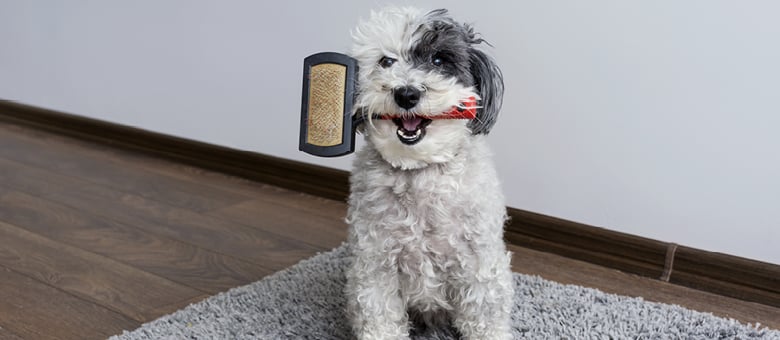
For more information, contact a registered breeder at the Canadian Kennel Club, who can answer all your questions. You can also contact the organization for more information on breeders and various breed clubs in Quebec and elsewhere in Canada.


